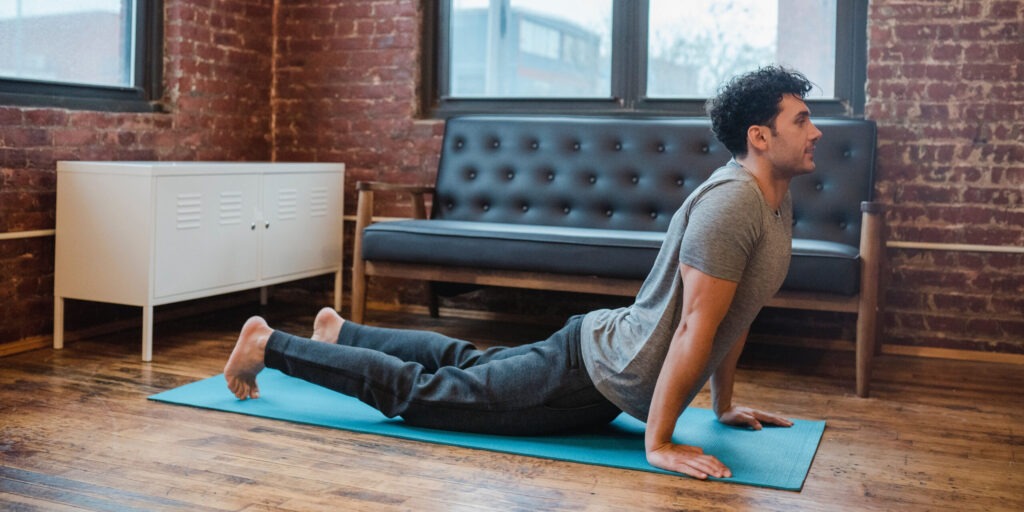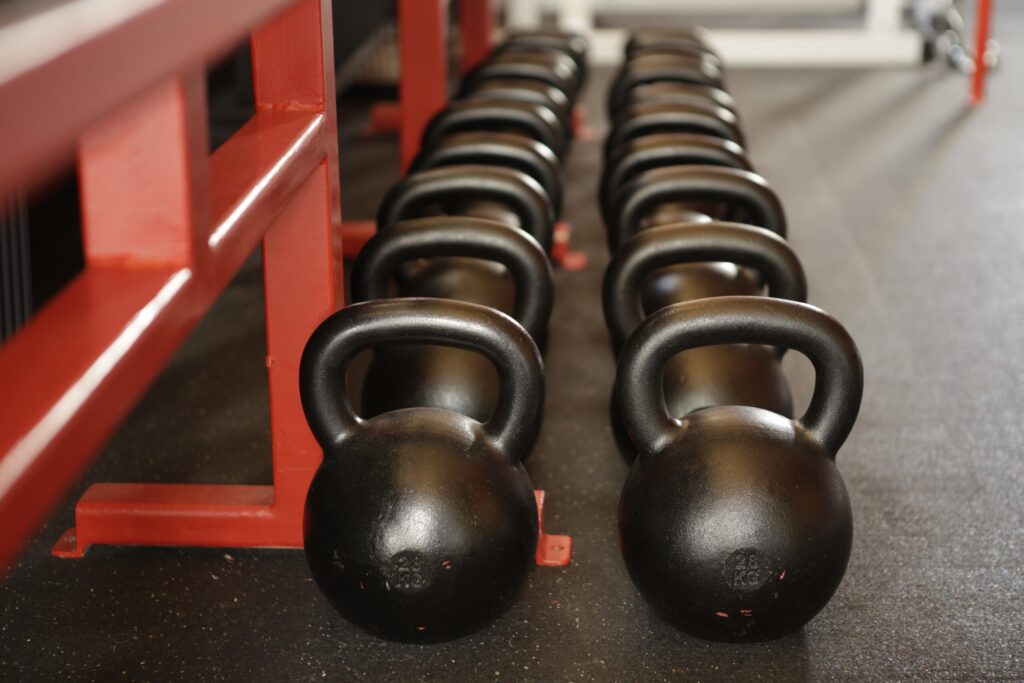4-Part Routine for the Ultimate Warmup

Like a morning routine, your warm-up ritual is all about starting right and getting the most out of your sword time. Great performers are recognized because of their consistency, so get consistent in your warm-up so you can always show up fully. I prioritize my warm-up in the following four parts.
Arrive In Your Body
Martial arts are an inherently physical practice. Start your warm-up with an activity that lets you leave your day behind and get in touch with the physical aspects of your practice. I recommend:
- Range of motion exercises, where you activate both extension and strength for each part of your body.
- Flow exercises. Moving through your sword movements in a low intensity manner with a focus on the end range of your motion, and core stability.
- Slow fencing, or light drills. If you can be disciplined about staying slow (I use music often to help keep things chill) getting a sword in hand and doing a low intensity, tuned in version of your exercise can be a great way to arrive.
Application: Spend 10 to 20 minutes on motion and body-centric warming up.
Tune In To Injury
As you move through your warm-up activities, become aware of how each part of your body feels. Go through your body from the ground up: Feet, knees, hips, lower back, mid back, shoulder blades and shoulders, neck and head, elbows, wrists, hands.
When you find something that feels strained or otherwise “not right”, use your warm-up activity to gently explore it. Move through the range of motion slowly with a curious eye toward the nature of the pain or impingement. If something feels particularly acute you might want to reduce any load as you explore it (i.e. put your sword down).
The goal here is to know your injury. Injuries are often made worse or expanded through avoidance patterns—essentially favouring your movement in a way that causes other parts of your body to compensate in ways that will create dysfunction in the future. Feeling your way through a strain can help you make more conscious decisions about how you are going to train that day.
Application: Spend 3-5 minutes of your range of motion warm-up exploring any strains that you discover.
Activate the Right Muscles
I use flow exercises almost exclusively to make sure that I’m engaging my back to hold up my arms and sword, keeping my hips and back well aligned, activating my hamstrings to keep my knees in-line with my toes, and stepping through the whole foot.
If you want to increase your martial endurance, reduce pain, and prolong the life of your body, much of that practice is about learning to engage the right muscles to do the right jobs.
There are numerous videos on DuelloTV about how to set proper shoulder, back, and knee position that are worth checking out to help you get your body aligned during your warm-up so that you can stay aligned after.
Application: Spend the last 5 to 10 minutes of your movement warm-up to tune into more specific activation. Gradually add speed and power while maintaining structural engagement.
Wake-up Your A-Game
Finally, warming up is about getting your mind tuned up. After I’ve arrived in my body and have the right muscles engaged, I target the footwork patterns and sword patterns that play a part in the exercises I intend to practice. My focus at this point is on order, coordination, and precision.
Before a tournament I do rapid drills and games that target every skill that I want to have ready and available. Think of it like going through a preflight checklist of every tactical tool you might want to employ. I find when I do this I am much more present to my options when I’m dealing with a tough opponent and I don’t get stuck in strategic ruts.
Application: Spend 10 to 15 minutes on A-Game activators. Make a list of the drills that both activate skills and help you get your psychology in the right place.
The most important thing you can do for yourself is take five minutes now to scrawl out a warm-up plan on the back of a napkin. Having a formal routine will help you be more intentional when you show up at your next practice. You’ll know if you should show up a few minutes early and you’ll have a baseline to start honing your ultimate warm-up.
Surely there’s plenty more to be said about warming up. What about your warmup? Leave a comment below and tell me how you use your warmup to be your best. I look forward to reading it!
Devon




Responses